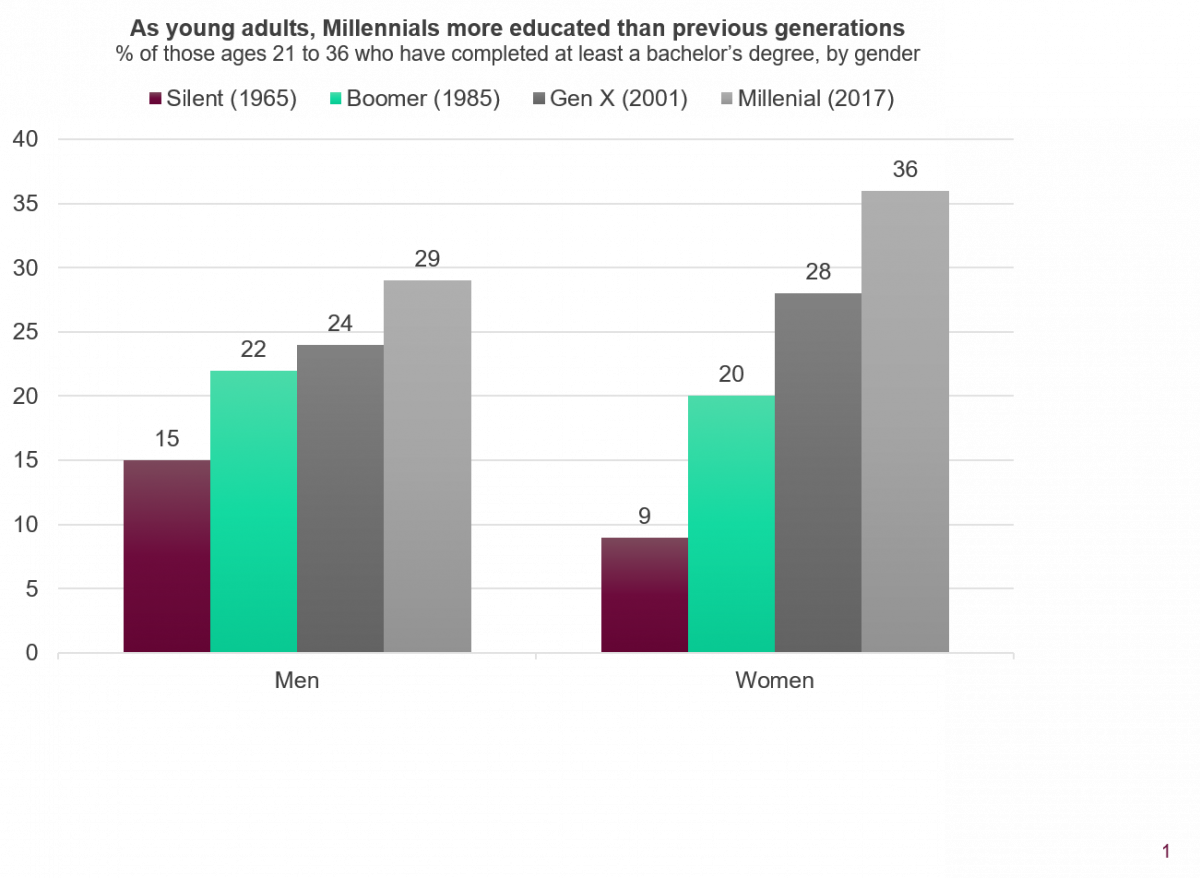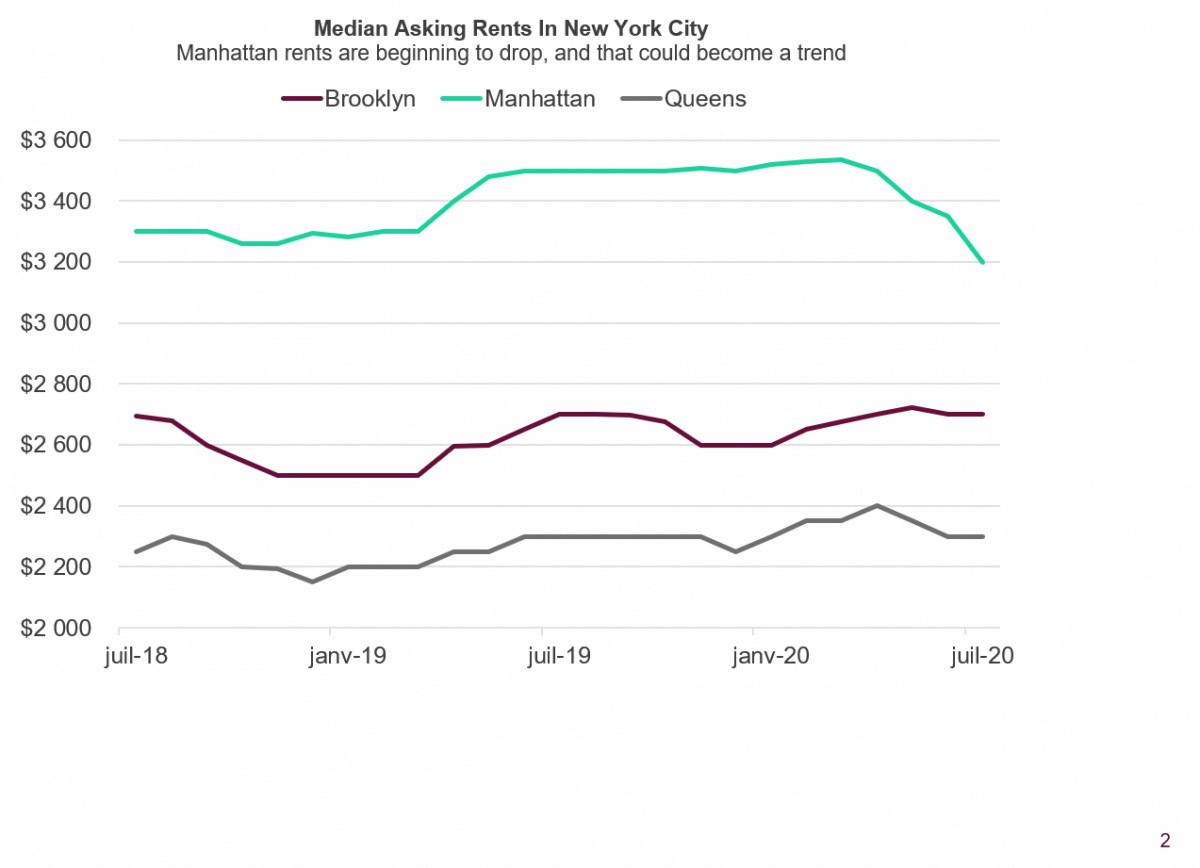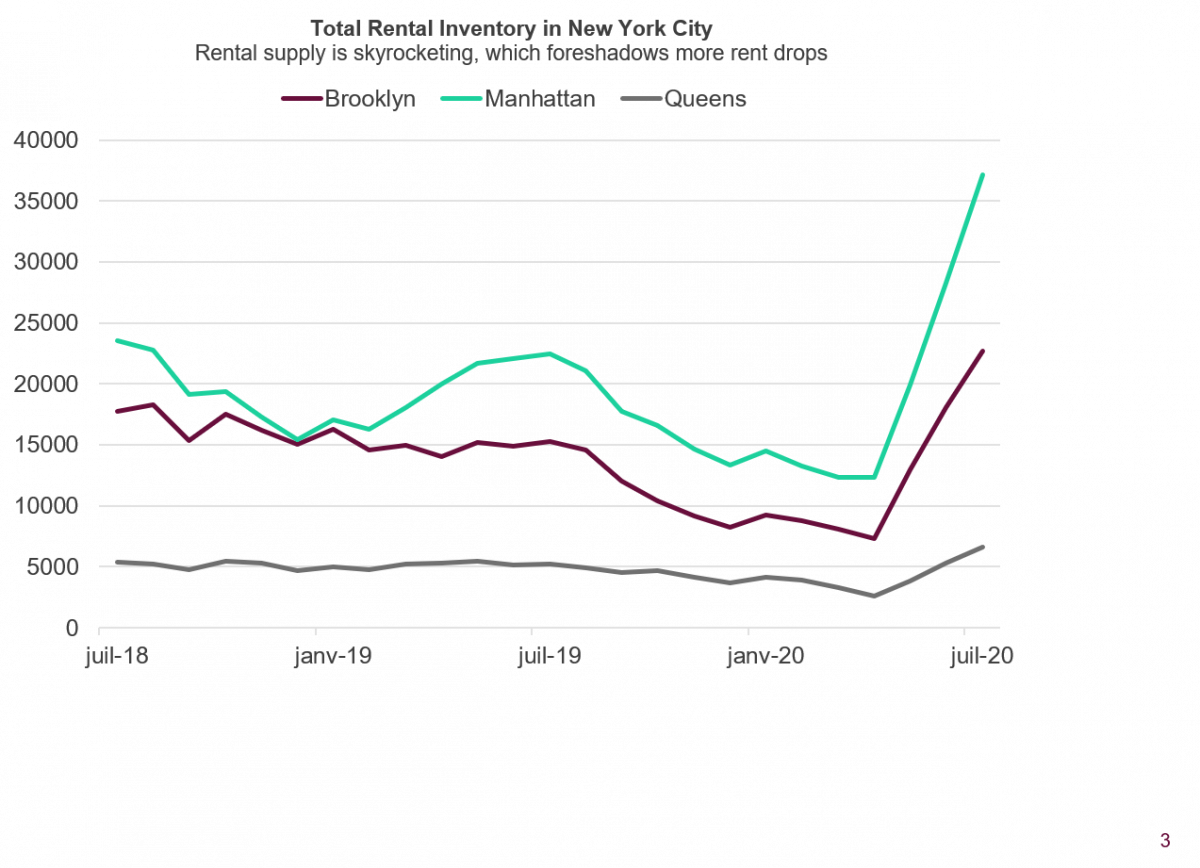Fortune 100 response to DE&I pressures - Q2 2025

COVID-19 has exacerbated the discomfort that residents of large cities face. Cities need to provide better security, mobility, and transportation to make city-living more desirable for residents. To achieve this, metropolitan areas must evolve to become a new type of city: a Smart City.

Major cities as we know them will change drastically as the COVID-19 pandemic encourages migration from crowded cities to open living spaces outside of large metropolitan areas. The pandemic has accelerated the evolution of how and where individuals want to work and live. Office workers who were able to work from home during the pandemic are seeing benefits like decreasing commute time, increased flexibility, and increased work-life balance. As work from home is likely here to stay for the foreseeable future, new generations are no longer seeing the benefits of carving out large budgets to live in cities without the benefits of the fast-track life. For major cities and hubs to survive, they will need to adapt to accommodate these new work-life balance priorities.
Companies around the world are facing a significant shift in the labor force as Baby Boomers retire and Millennials and Generation Z begins to make up most of the workforce. According to the Pew Research Center, Millennial women today are more likely (71%) to be in the workforce compared to Boomer women (66%) (Fry et al, 2020), with 36% more likely to complete higher education than previous generations (28% Generation X, 20% Boomers) and are also surpassing the percentage of men likely to complete higher education (29%) (Figure 1) (Fry et al, 2020). An increase of higher educated women in the workforce has promoted a balanced and inclusive labor market. Generations differ in their experiences and skill sets which equates to a new way of thinking as younger generations move into C-suite positions and other executive roles.

In addition to the cultural change of the workforce, COVID-19 has changed the way a typical workplace operates. As COVID-19 continues to affect the global economy, Millennial and Generation Z workers will have to adapt and create a new normal. When the pandemic first spread to the United States, all non-essential workers that could work from home, did. Companies sent home computers, headsets, and other electronic devices needed for their employees to complete daily tasks with some form of normality. Employers were skeptical of their employee’s work-from-home productivity levels, however, employees surpassed expectations.
A New York Times article written by Gelles, 2020, noted some major companies like Chegg, Cisco, and Deutsche Bank seeing an increase in productivity from their employees working from home. The article explains how some of these major companies noticed certain policies and procedures - like lengthy meetings and constant status updates - are less essential than they thought.
As companies realize their employees could be productive from home, and employees enjoyed the added flexibility of a work-from-home lifestyle, these temporary changes could look more permanent, and major cities could see a decline in individuals living in them. Morgan Stanley CEO, James Gorman, expressed to Bloomberg in April 2020, that the company has proven they can operate with effectively no footprint. The major investment bank has moved 90 percent of their employees to a work-from-home model and claims in the future they will need much less real estate as their employees continue to work-from-home (Schatzker, 2020). Morgan Stanley is not the only major company considering less pricey real estate. Facebook, Twitter, and Slack are just a few major companies who have announced a shift and gave their employees an option to permanently work from home (Benveniste, 2020).
Already the pandemic has triggered a large outward flow with many millennials and Gen-Zers returning to their childhood homes, finding that the cost of living in the city is just not worth it without the fast-paced excitement of restaurants, theatres, concerts, museums, etc.

Since COVID-19 hit NYC earlier this year, the city is seeing the highest vacancy rate in 14 years and rental costs going down. Figure 2 shows how median rental prices in New York City (Brooklyn, Manhattan, Queens) have dropped drastically in 2020 (Wu, 2020). Median rents in the city dropped 6 percent compared to 2019. While Figure 3 shows the skyrocketing amount of available inventory for rentals in the same area. Available rental inventory in Manhattan is up 65 percent in July from the previous year (Wu, 2020). As demand continues to decrease, while supply continues to increase, rental prices are going to continue to drop as individuals stay out of major cities. In order to survive, major hubs will have to adapt to encourage individuals to move back in.

Generational migration from large cities creates an opportunity for private firms and governments to enhance city infrastructure with new and emerging technology. Major cities will need to reposition themselves in terms of security, prevention, mobility and transportation to re-attract those individuals who are quickly moving away.
One reason for why individuals are fleeing major cities is due to a rise in fear for their health and well-being due to the pandemic. Important measures will need to be put in place for individuals to feel comfortable returning to the city. With an increase in smart technology, we are better equipped to track COVID-19 in major cities. For example, on newly updated Apple devices, if enabled, you can turn on exposure notifications that provide alerts when you are near someone who tested positive for COVID-19. In the United Kingdom, the Newcastle University Urban Observatory has developed a dashboard that can help understand the impact of social distancing measures on people and vehicle movement within a city in real time. The Observatory uses thousands of sensors and data sharing agreements to analyze movement patterns around the city like pedestrian flow and bus GPS trackers (Das and James, 2020). With an improvement in smart city technology benefiting the greater population, an individual's right to data privacy and security immediately come to mind.
The main goals for a smart city with regards to mobility are the simplification of life for citizens, diminishing congestion by limiting the number of private vehicles, and the optimization of public transportation. Ultimately, the transition to smart city transportation would change the way passengers commute in dense urban areas and can help municipalities cut costs, provide service to citizens, and better manage safety and security.
An intelligent transportation network can look different from city to city but will most likely include:
Using an analysis of readily available data, cities can identify areas for potential optimization such as altering transit schedules or adjusting routes is a quick way for transportation systems to become smart. Next, a city could add route information management about travel conditions (delays, for example) and data sharing for quick response times to emergencies. Safety triggers, vehicle tracking, advanced sensory technology, and fully autonomous transportation vessels would add to the smart transportation system of the city that would provide benefits not only to the city but also the energy grid itself.
A consequence of the shift to more efficient transportation and real time management of the grid is that the air in a smart city will result in a reduction of carbon emissions in a smart city. A network of integrated microgrids that monitor and correct themselves in real time will:
Without the proper plans and resources in place, it will be extremely difficult for a city to reach its full potential of interconnectivity. A strong foundation of governance, funding, and infrastructure is key for cities to be able to create technological advancements in their cities. Utilizing data to automate and improve the current state of the city (transportation, micro grids) will require sound planning and human capital. A city cannot become a smart city without attracting the right talent to oversee and add value to the transition. Cities that are taking the beginning steps to becoming a smart city should leverage the knowledge gained from cities that are farther along in their development to become a smart city. Cities like Singapore and Oslo are much further along on their smart city journey than cities like Philadelphia or Vancouver. The cities must share their knowledge in order to build on the progress of each other. All cities face similar challenges in the future when adding more and more digital technology - collaboration across borders will enable cities to overcome obstacles and venture into the future together while creating a smarter, safer, and more sustainable home for millions of people across the globe.
